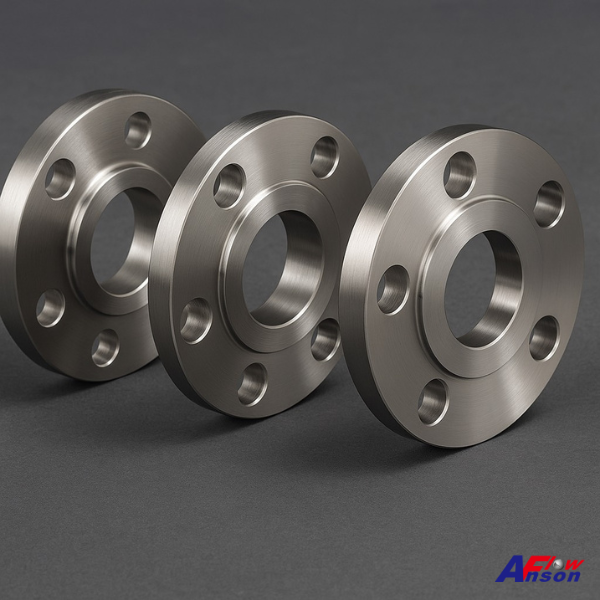
Flanges (法蘭) are crucial components in piping systems, used to connect pipes, valves, pumps, and other equipment. Selecting the right flange standard ensures compatibility, safety, and long-term performance—especially for projects involving international specifications.
In this post, we break down the three most common flange standards:
ANSI (ASME) from the U.S., DIN from Germany, and JIS from Japan. We’ll also highlight their sub-specifications and usage differences.
🔧 1. ANSI / ASME Flange Standards (🇺🇸)
ANSI (often in practice referred to as ASME, the American Society of Mechanical Engineers) is the most widely used flange standard in the oil & gas, petrochemical, and industrial sectors.
· Inch-based sizing
· Designed for high-pressure, high-temperature environments
· Commonly used in heavy industry
· Compatible with NPT (threaded pipe) systems
✅ Key Sub-Standards:
|
Spec |
Description |
|
ASME B16.5 |
Flange dimensions, pressure-temperature ratings, materials, and testing (½”–24”) |
|
ASME B16.10 |
Standardized face-to-face and end-to-end dimensions for valves |
|
ASME B16.34 |
Design criteria, wall thickness, and pressure-temperature ratings for valves |
🔹 Pressure Classes:
🔹 Common Materials:
🔩 2. DIN Flange Standards (🇩🇪)
DIN (Deutsches Institut für Normung) flanges are widely used in Europe and internationally, especially in chemical processing and mechanical engineering.
✅ Key Features:
✅ Common DIN Standards:
|
Spec |
Description |
|
DIN EN 1092-1 |
Flanges and their joints (European standard) |
|
DIN 2501 |
Flange dimensions based on pressure rating (older standard) |
|
DIN 2631–2638 |
Weld neck flanges for different pressure classes |
🔹 Pressure Ratings (PN):
✅ Note: "PN" (Pressure Nominal) = pressure in bars
E.g., PN16 = 16 bar ≈ 232 psi
🔧 3. JIS Flange Standards (🇯🇵)
JIS (Japanese Industrial Standards) are commonly used in Japan and Southeast Asia, especially in HVAC, plumbing, food, and general industry.
✅ Key Features:
✅ Common JIS Flange Standards:
|
Spec |
Description |
|
JIS B2220 |
Steel pipe flanges (main JIS flange standard) |
|
JIS B2238 |
Cast iron flanges |
|
JIS B2239 |
Copper alloy flanges |
🔹 Pressure Ratings:
✅ Note: 10K ≈ 10 kgf/cm² ≈ 142 psi
JIS flanges typically have a lighter design than ANSI or DIN.
📐 ANSI vs DIN vs JIS: Comparison Table
|
Feature |
ANSI (ASME B16) |
DIN (EN / DIN) |
JIS (B2220) |
|
Origin |
USA |
Germany |
Japan |
|
Units |
Inches |
Millimeters |
Millimeters |
|
Pressure Classes |
150–2500 lbs |
PN6–PN160 |
5K–30K |
|
Industry Usage |
Industrial, Oil & Gas |
Chemical, Mechanical |
HVAC, Plumbing, Marine |
Some of customers might confuse,
"Can ANSI and JIS flanges be connected directly?"
❌ No. Flanges from different standards—such as ANSI and JIS—are not dimensionally compatible, even if they share the same nominal pipe size (NPS).
Key differences include:
· Bolt hole patterns
· Bolt circle diameters
· Center bore dimensions
These variations mean that direct connection is not possible without using an adapter flange or making modifications to the piping design.
🧠 Conclusion: Choosing the Right Flange
Whether you're engineering a plant in the U.S., Europe, or Asia, understanding flange standards is essential for ensuring compatibility and compliance. Here’s a quick guide:
🛠 Need Help?
If you're unsure which standard suits your project, our engineering team is ready to help.
Contact us today for flange sizing, material selection, and technical support!
📧 Email us at: sales@ansonflow.com
🌐 Visit: https://www.ansonflow.com/